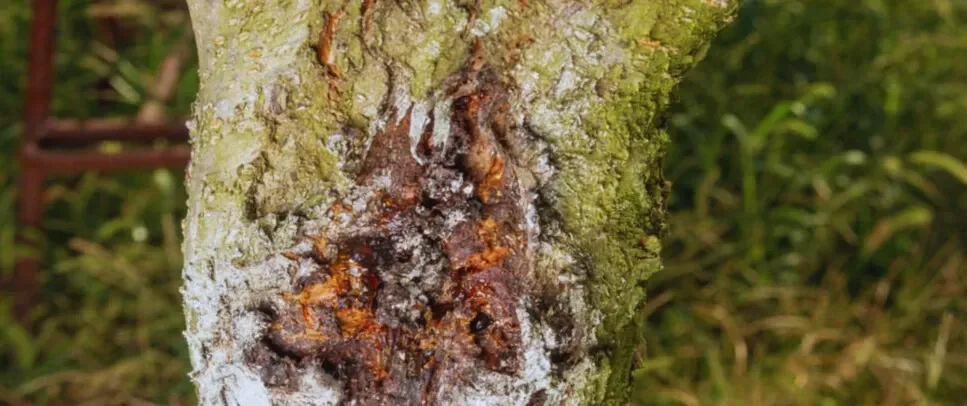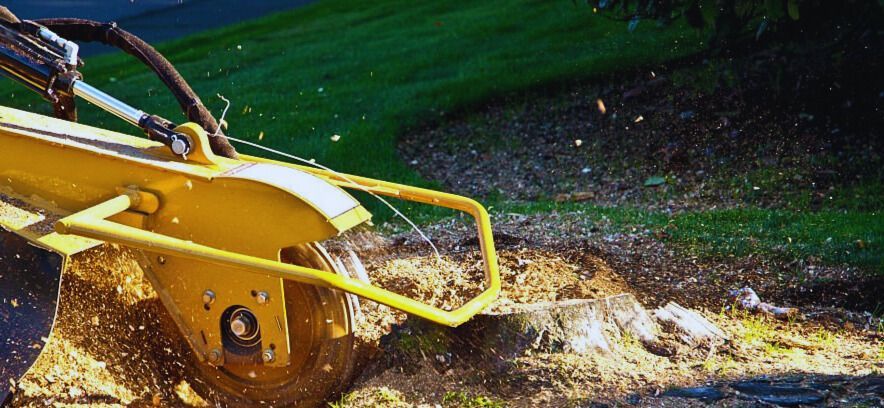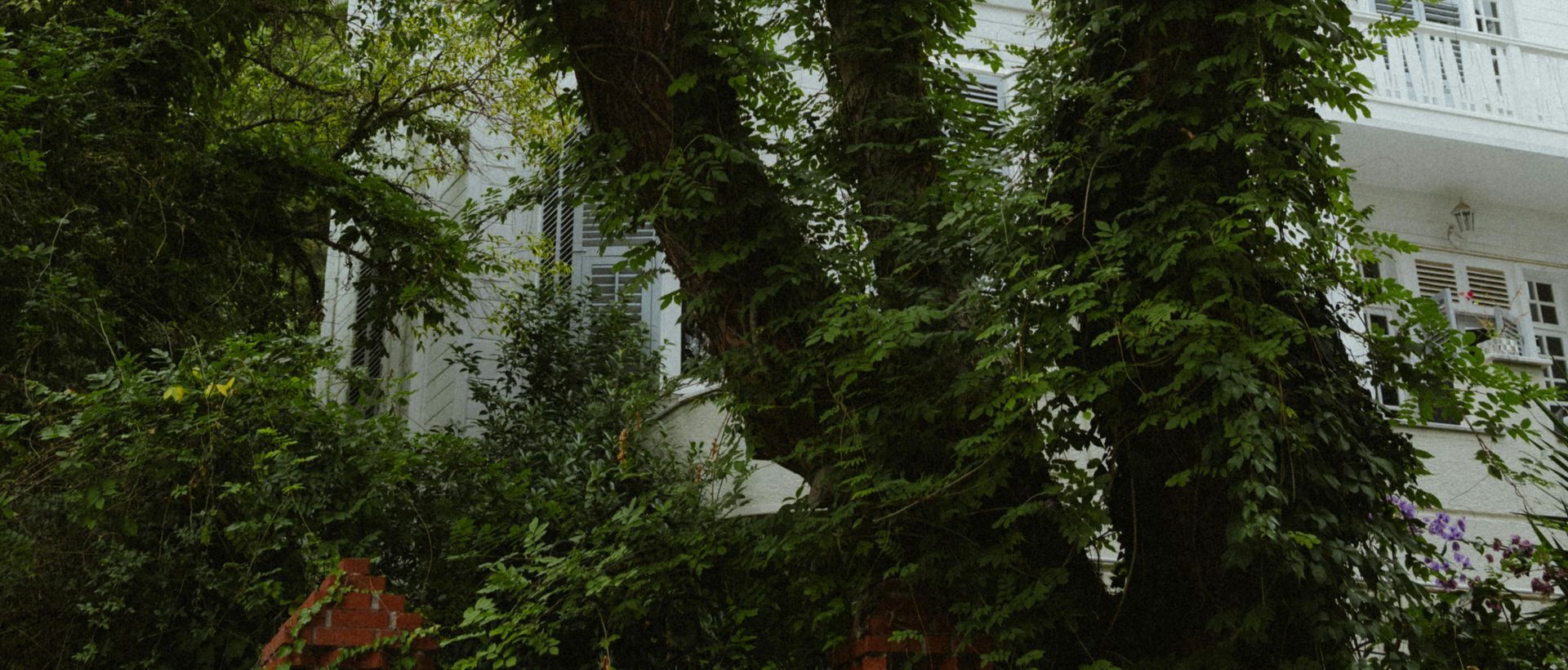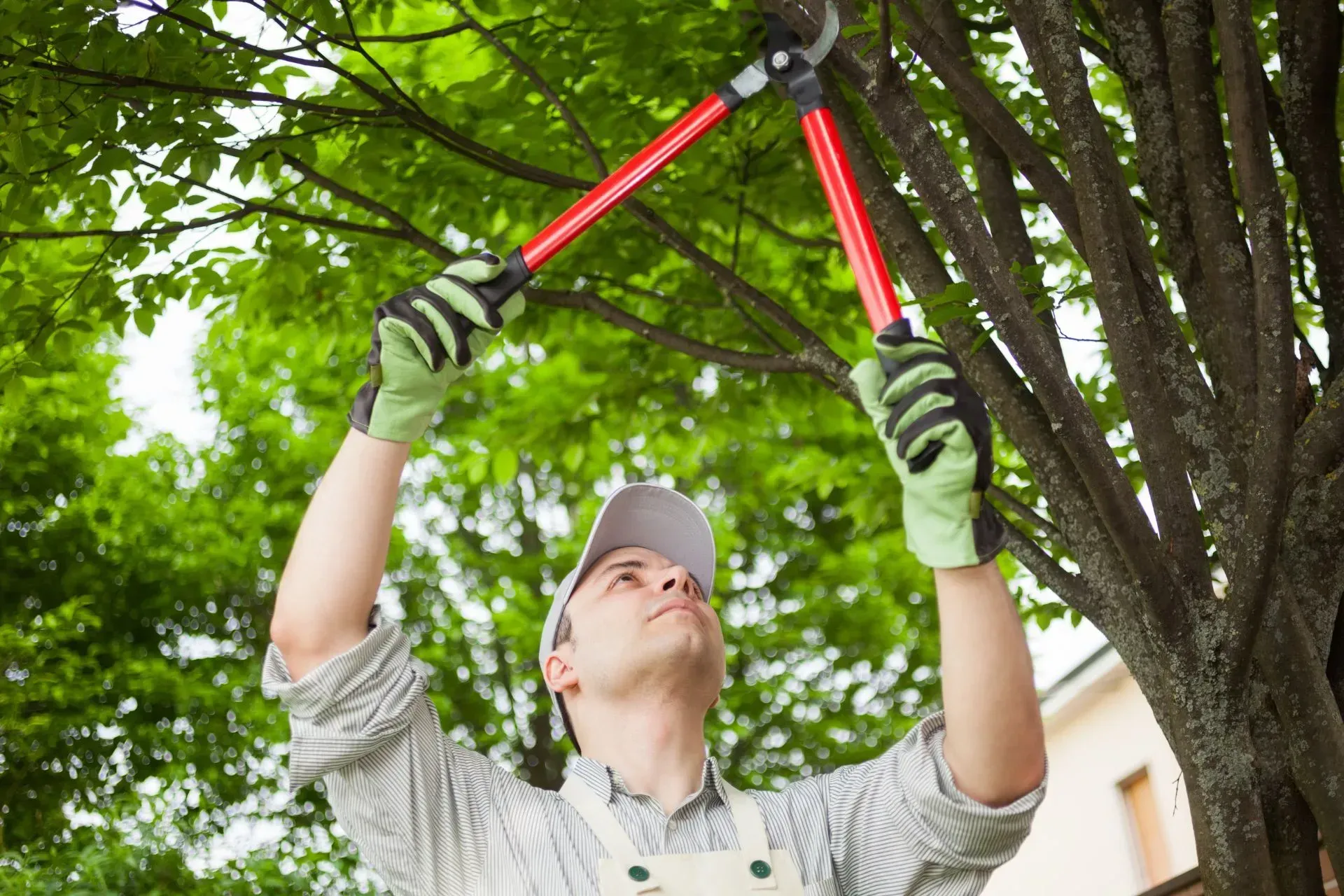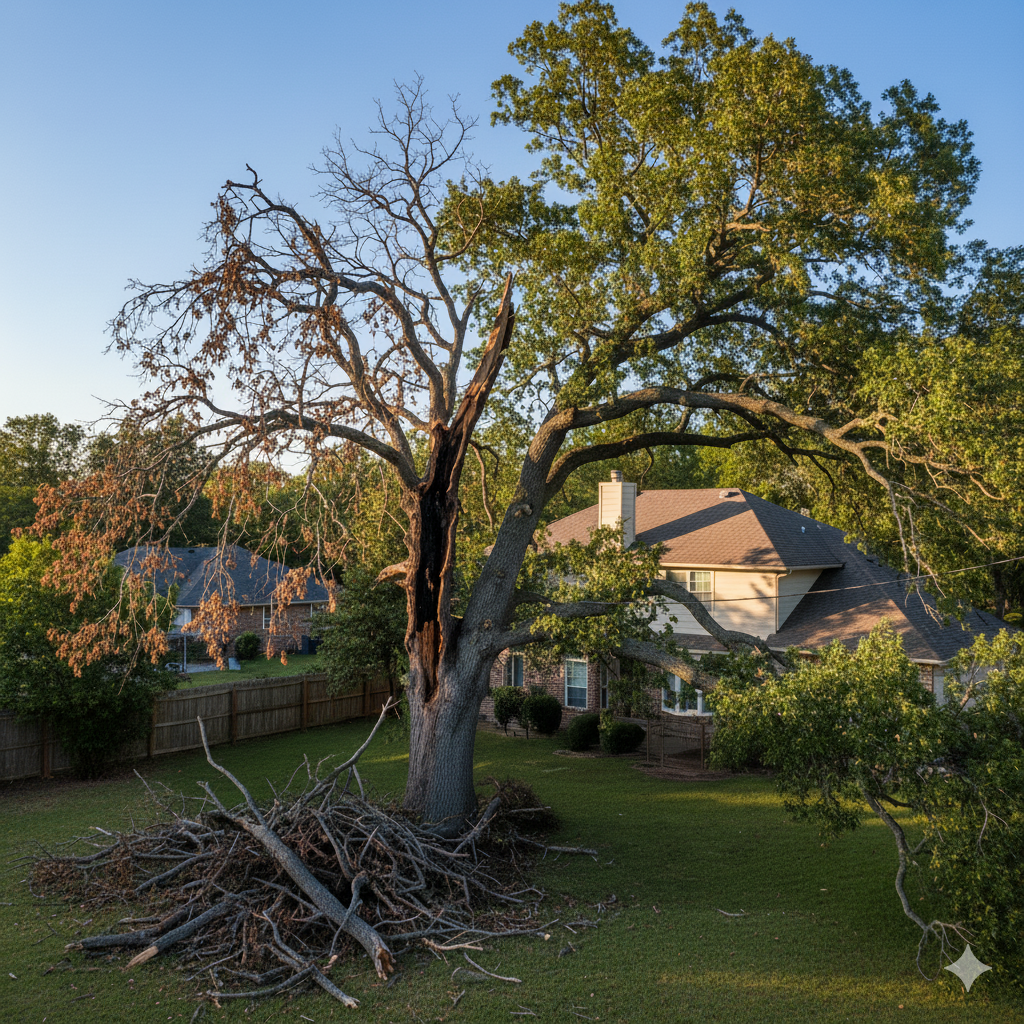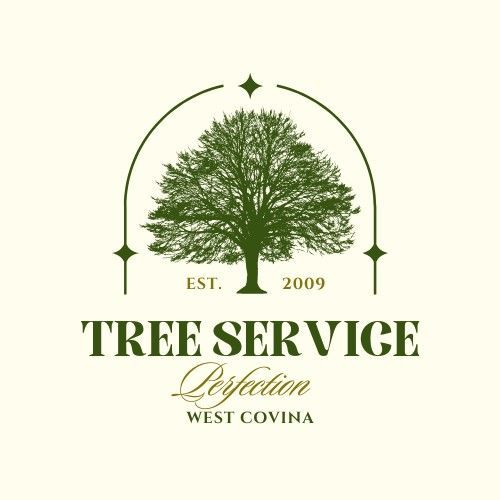Why Safety Should Always Come First in Tree Maintenance
When working at height with sharp tools, heavy equipment, and unpredictable trees, one thing should always take precedence—safety. Tree maintenance may seem routine to some, but for professionals and even homeowners, neglecting safety protocols can lead to severe injuries, property damage, or even fatalities. So let’s explore why it’s more than just a precaution—it’s a necessity.

Understanding the Risks in Tree Maintenance
Tree maintenance combines elements of climbing, power tool use, traffic management, and environmental interaction—all within dynamic outdoor conditions. Each of these activities comes with inherent risks.
Falling limbs, slippery bark, unstable ladders, electrical wires, and malfunctioning equipment can create a volatile work environment. Even seasoned arborists face unpredictable variables like hidden rot within a tree or gusty winds at elevation.
Notably, the tree care industry consistently ranks among the top ten most dangerous professions in the U.S., with numerous accidents reported annually. This sobering statistic illustrates the very real dangers involved.
Common Hazards Associated with Tree Work
Hazards in tree maintenance range from the obvious to the overlooked:
- Falling from trees or equipment
- Being struck by branches or tools
- Electrocution from power lines
- Chainsaw injuries
- Heatstroke or dehydration in summer work
- Slips and trips on uneven ground
Each hazard has the potential to be life-altering. A proper safety plan not only protects the worker but also minimizes damage to property and the environment.
Occupational Injury Statistics in Tree Care
According to the Bureau of Labor Statistics (BLS), tree maintenance and landscaping workers face an injury rate nearly three times the national average. In fact, tree workers suffer over 80 fatalities and thousands of injuries each year in the U.S. alone.
While tragic, these numbers are also preventable with better training, smarter equipment use, and a rigorous commitment to safety.
The Role of OSHA in Tree Maintenance Safety
The Occupational Safety and Health Administration (OSHA) sets mandatory regulations for the tree care industry. These include:
- Fall protection standards
- Safe chainsaw operation
- Climbing equipment inspections
- Communication protocols
- Electrical hazard awareness
Complying with OSHA not only prevents penalties but—more importantly—saves lives.
Importance of Personal Protective Equipment (PPE)
PPE is a tree worker’s last line of defense. A comprehensive safety gear kit should include:
- Hard hats
- Protective eyewear
- Cut-resistant gloves
- Kevlar chainsaw pants
- Steel-toed boots
- Hearing protection
Wearing PPE isn’t optional—it’s a fundamental pillar of safe tree work.
Certified Arborist Standards and Safety Protocols
Certified arborists undergo rigorous training in biology, tree structure, and safe practices. Their knowledge translates to smarter decisions, whether it’s rigging a heavy limb or recognizing a structurally compromised trunk.
Hiring a certified team like Tree Service ensures that your project is handled with both expertise and safety in mind.
High-Risk Climbing Scenarios and Precautions
Tree climbing might look thrilling from the ground, but it presents one of the most perilous aspects of tree maintenance. From weak limbs to unstable harnesses, the risks are as high as the branches arborists navigate.
Some of the most dangerous scenarios include:
- Dead or decaying trees: These may crumble under the weight of a climber, leading to sudden collapse.
- Power line proximity: Electric arcs can form without direct contact. Any metal gear becomes a conductor.
- Unpredictable animal interactions: Bees, raccoons, or birds can become aggressive if disturbed.
- Sudden weather changes: Rain, wind, or lightning can transform a secure climb into a deadly gamble.
Precautionary Measures:
- Always conduct a pre-climb inspection for signs of disease, fungus, or hollow trunks.
- Use a double-rope system for redundancy in case one fails.
- Never climb alone. A ground crew should always be present for support.
- Use helmets and gloves specifically rated for aerial arborist work.
As these dangers prove, climbing without precaution is a shortcut to catastrophe.
Safe Tree Climbing Techniques Explained
Modern tree maintenance relies on advanced climbing methods to ensure both efficiency and security. The two most common techniques are Single Rope Technique (SRT) and Moving Rope System (MRS).
SRT uses a static line anchored at the top of the tree. It's more energy-efficient and ideal for tall trees. However, it demands specific gear and rigorous anchor checks.
MRS, on the other hand, allows dynamic movement across branches. It's more flexible but can strain the climber’s body over time.
Regardless of the technique, here are key safety practices:
- Use friction savers to protect the tree and gear.
- Always test gear under load before ascent.
- Maintain three points of contact when transitioning between limbs.
- Carry an emergency whistle and radio for communication.
Training and routine drills make a world of difference. Arborists who invest in technique don’t just survive—they thrive.
Importance of Fall Arrest Systems
A single misstep can lead to a life-altering fall. That’s why fall arrest systems are indispensable. They don’t just catch a falling climber—they prevent them from hitting the ground with fatal force.
Key Components:
- Full-body harnesses: Secure the entire torso, not just the waist.
- Shock-absorbing lanyards: Reduce the impact force.
- Anchorage connectors: Rated for 5,000 lbs of force, minimum.
- Retractable lifelines: Prevent slack that increases fall distance.
OSHA regulations stipulate fall protection for any work over six feet. And yet, many injuries occur from lower heights when fall protection is neglected. The irony? Most fall injuries are preventable with just one added layer of gear.
Chainsaw and Power Tool Safety Best Practices
Chainsaws are incredibly effective—and incredibly dangerous. In the hands of a distracted or untrained worker, they become deadly.
Best Practices:
- Conduct a pre-use inspection: Check chain tension, oil levels, and teeth sharpness.
- Maintain a firm, two-handed grip and never operate above shoulder height.
- Use a chainsaw safety helmet with integrated face shield and ear protection.
- Always cut at waist level or below for optimal control.
Moreover, chainsaw chaps—made with ballistic fibers—can prevent catastrophic leg injuries. Training in kickback response can also mean the difference between a close call and a fatal incident.
Other essential tools like pole pruners, stump grinders, and wood chippers each require tailored handling protocols. The golden rule? Never rush.
Equipment Maintenance to Avoid Accidents
A neglected tool is a hazard waiting to happen. Maintenance isn’t just about longevity—it’s about safety.
Maintenance Checklist:
- Daily: Clean chainsaws, inspect climbing ropes, check PPE for damage.
- Weekly: Sharpen blades, lubricate moving parts, test power cords.
- Monthly: Replace worn harnesses, inspect engines, and calibrate tools.
Always keep a maintenance logbook. It not only helps with accountability but can be vital during OSHA inspections or insurance claims.
Breakdowns in the field waste time. But worse, they jeopardize lives.
Ladder Safety vs. Aerial Lifts: What’s Safer?
A ladder might seem like the cheaper, simpler option—but it’s also significantly more dangerous. Ladders offer no protection against falls and are unstable on uneven or soft ground.
When to Use Ladders:
- Light trimming work under 10 feet.
- Stable ground conditions.
- No overhead obstructions or power lines.
Why Aerial Lifts Win:
- Enclosed buckets protect against falls.
- Greater height and range for larger trees.
- Built-in controls for safer adjustments.
Training is essential. Many lift accidents occur because of improper use or poor setup. The safest choice? Let a professional Tree Service handle tasks that require elevation.
Assessing the Work Zone for Potential Hazards
Every tree care project should begin with a thorough site assessment. Hazards may be hidden—until they’re not.
Assessment Checklist:
- Are there power lines nearby?
- Is the ground stable, dry, and flat?
- Are there vehicles, pets, or people within the drop zone?
- Is wildlife potentially present in or near the tree?
- Are tools and gear properly staged?
Marking off work zones with cones, flags, or caution tape is crucial. So is creating exclusion zones for non-essential personnel.
Worksite preparation sets the tone for safety. A few extra minutes of planning can prevent days, weeks, or years of recovery.
Preserving Surrounding Property and Ecosystems
Tree maintenance doesn't happen in isolation. Every job site is part of a larger ecosystem that includes not just wildlife and vegetation, but human infrastructure too. Overlooking environmental and property protection can turn a safe job into a costly mistake.
Key considerations include:
- Protecting structures: A misjudged cut can send limbs crashing onto roofs, fences, or vehicles. Always pre-plan drop zones and use rigging to control large branch descent.
- Safeguarding landscaping: Lawns, gardens, and underground irrigation systems can be damaged by falling debris or heavy equipment. Placing plywood tracks over turf can prevent compaction.
- Tree health and biodiversity: Over-pruning or aggressive removal can disrupt local ecosystems. Every tree plays a role in shade, soil retention, and habitat.
Tree professionals must walk a fine line—removing risks without creating new ones. Ethical tree work, when done right, balances human safety with ecological stewardship.
Wildlife Awareness During Tree Trimming
Trees often serve as habitats for squirrels, birds, raccoons, and even bees. Cutting down or trimming a tree that houses active wildlife can have devastating consequences for both the animals and the workers involved.
Signs to look for before starting:
- Nesting birds
- Squirrel dens (usually visible as leafy clusters)
- Bee or wasp activity
- Claw or gnaw marks on bark (indicating occupancy)
If wildlife is discovered:
- Pause the job.
- Contact a local wildlife rehabilitator or pest control expert if needed.
- Schedule the maintenance for a time when nesting or breeding is over.
Removing a nest or disturbing bees mid-job can cause chaos. Preventative scanning is an easy way to avoid injuries, lawsuits, or fines from environmental agencies.
Debris Management and Site Cleanliness
Tree work generates substantial debris—branches, sawdust, leaves, and sometimes entire trunks. Improper disposal is not only an environmental issue but a safety hazard too.
Best practices include:
- Chipping branches immediately to reduce trip hazards.
- Bagging or tarping leaves and smaller clippings.
- Transporting debris promptly to reduce site congestion.
- Recycling wood chips or offering them to local residents for mulch.
A clean site also improves public perception. Clients notice when a Tree Service leaves their yard spotless—and are more likely to return for future business.
Training Crews for Emergency Response
Despite the best precautions, accidents can and do happen. That’s why emergency preparedness is a core aspect of professional tree maintenance.
Your crew should be trained to:
- Use first aid kits correctly
- Respond to electrocution or falls
- Administer CPR
- Evacuate an injured person safely from elevation
Holding monthly drills and reviewing past incidents helps reinforce this training. Emergencies are no time for guesswork—only calm, swift action.
First Aid and CPR: Tree Worker Essentials
Every worker on-site should be certified in first aid and CPR. In the event of a chainsaw injury or fall, these critical minutes before paramedics arrive can mean the difference between life and death.
What to include in the on-site first aid kit:
- Tourniquets and compression bandages
- Eye rinse solutions
- Burn dressings
- Splints and trauma pads
- Instant cold packs
Position the kit in a highly visible and accessible spot, ideally in the primary work vehicle. And make sure it's restocked after every use.
Incident Reporting and Post-Incident Reviews
Any time there’s an injury, close call, or unexpected hazard, it should be logged immediately. This serves several purposes:
- Legal compliance
- Insurance documentation
- Internal safety reviews
A good practice is to hold a debriefing after every job—especially if something went wrong. What happened? Why? And how can we prevent it next time?
These conversations might be uncomfortable, but they are absolutely vital to building a safety-first culture.
Role of Pre-Job Briefings in Risk Reduction
Before a single tool is lifted, a pre-job briefing should occur. This five to ten-minute discussion sets the tone for safety and ensures the whole crew is on the same page.
Key topics to cover:
- Weather conditions
- Equipment condition
- Designated drop zones
- Nearby hazards (e.g., power lines, dogs, vehicles)
- Who is doing what and when
Pre-job meetings foster communication and prevent the kind of surprises that lead to injury. It’s a small time investment with massive returns.
Using Two-Way Radios and Hand Signals Effectively
Clear communication is essential in tree work, especially when team members are spread across heights and distances.
Use radios when:
- Chainsaws drown out voices
- Ground crew and climbers need real-time updates
- A warning or emergency alert must be issued instantly
Use hand signals when:
- Quiet communication is needed (e.g., around neighbors)
- In noisy environments where radios fail
- There’s a line-of-sight advantage
Never assume your message was received. Train all workers on standard ISA-recommended hand signals and keep verbal callouts consistent.
Crew Coordination for a Safer Outcome
Good crews aren’t just skilled—they’re synchronized. Like a pit crew at a race, each member has a role. Disorganization breeds accidents.
Steps for better coordination:
- Assign a lead climber or supervisor for each job.
- Define individual tasks clearly before starting.
- Keep lines of communication open at all times.
- Ensure everyone is within view or earshot of at least one team member.
A cohesive team reacts faster, works more efficiently, and finishes safer.
How Accidents Impact Insurance and Liability
One overlooked consequence of unsafe practices? Insurance premiums and liability exposure.
Unsafe practices can lead to:
- Increased worker’s comp claims
- Equipment replacement costs
- Lawsuits from injured third parties
- Property damage payouts
Worse yet, frequent claims can lead to your insurer dropping coverage entirely.
Investing in safety training, PPE, and certifications might seem expensive, but in reality, they’re far cheaper than the cost of an accident.
Building a Culture of Safety in Your Team
Safety isn’t a one-time seminar. It’s a culture—a way of thinking that must be ingrained in your team’s DNA.
Ways to build a safety culture:
- Reward workers who follow and promote safety standards
- Conduct regular safety reviews and audits
- Encourage open dialogue about near-misses
- Lead by example—management must prioritize safety visibly
Safety is contagious. When one person takes it seriously, others follow. When the whole team buys in, accidents plummet.
Rewarding Safe Practices Among Employees
Positive reinforcement goes a long way. Consider recognizing employees who:
- Identify hazards before others do
- Adhere consistently to PPE policies
- Complete training programs
- Avoid safety violations over a set time
Rewards can be as simple as a gift card, an extra PTO day, or public recognition in team meetings.
Continuous Training and Certification Programs
The best teams are the ones who never stop learning. Safety certifications shouldn’t be a one-and-done affair.
Encourage your crew to pursue:
- ISA Certified Arborist credentials
- First Aid/CPR renewals every 2 years
- OSHA 10/30-Hour Safety Training
- Electrical hazard awareness for utility tree work
Companies that invest in training build crews that are not only safer—but more confident, skilled, and proud of their work.
Creating a Safer Tree Maintenance Industry Together
Tree work is hard. It’s complex. And yes—dangerous. But with a shared commitment to safety, we can transform this industry into one where workers thrive, property stays protected, and every tree receives the care it deserves.
Whether you're a homeowner or an arborist, let’s all agree on one thing: safety must always come first.
FAQs
Why is tree maintenance considered dangerous?
Tree maintenance involves climbing, chainsaws, and overhead risks. Combined with environmental variables, it's inherently hazardous without proper safety measures.
Can homeowners perform tree maintenance safely?
Yes, but only basic trimming. For large branches or trees near power lines, it's safer and wiser to hire a professional
Tree Service.
What is the most common tree maintenance injury?
Chainsaw injuries and falls from height are the most frequently reported incidents in tree care work.
What should I look for in a safe tree service company?
Look for insurance, certifications, trained staff, and good safety records. Always check reviews and contact the company directly via their
Contact Page.
Are there laws requiring safety in tree maintenance?
Yes. OSHA regulations cover equipment, PPE, fall protection, and worksite safety for all professional crews.
How can I make my yard safer for tree work?
Clear the area of pets, furniture, vehicles, and ensure easy access to the work zone. Always communicate with the tree care crew.
Conclusion: Creating a Safer Tree Maintenance Industry Together
The bottom line? Safety in tree maintenance isn’t just a checklist—it’s a mindset. Every worker, homeowner, and tree care company has a role to play. Through training, vigilance, and hiring qualified professionals, we can reduce injury rates and create a safer environment for everyone involved.
Incorporate these practices into every job—no matter how big or small—and remember: no branch is worth a life.
Links:
- Tree Service → https://www.covinatreeservice.com/
- Contact → https://www.covinatreeservice.com/contact
